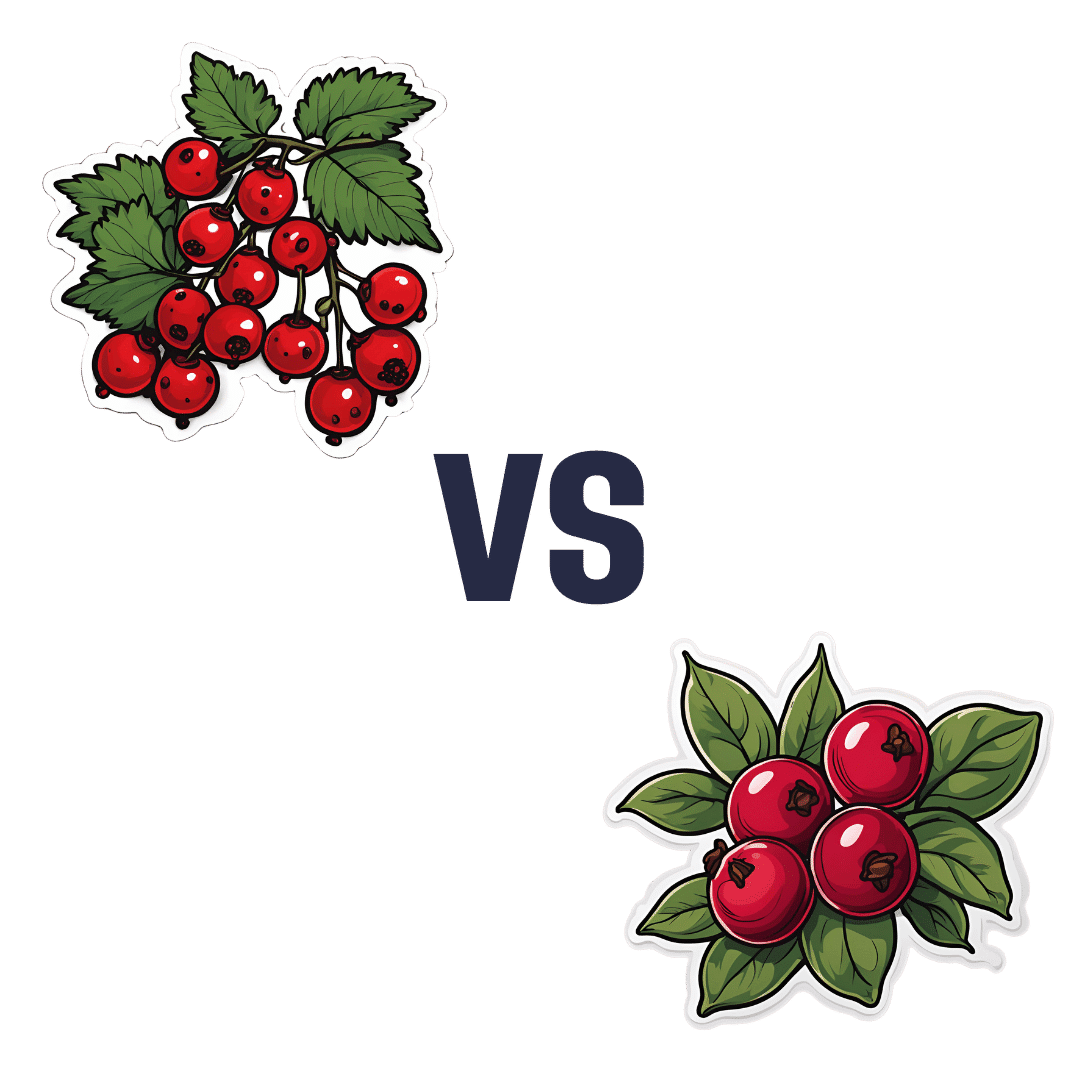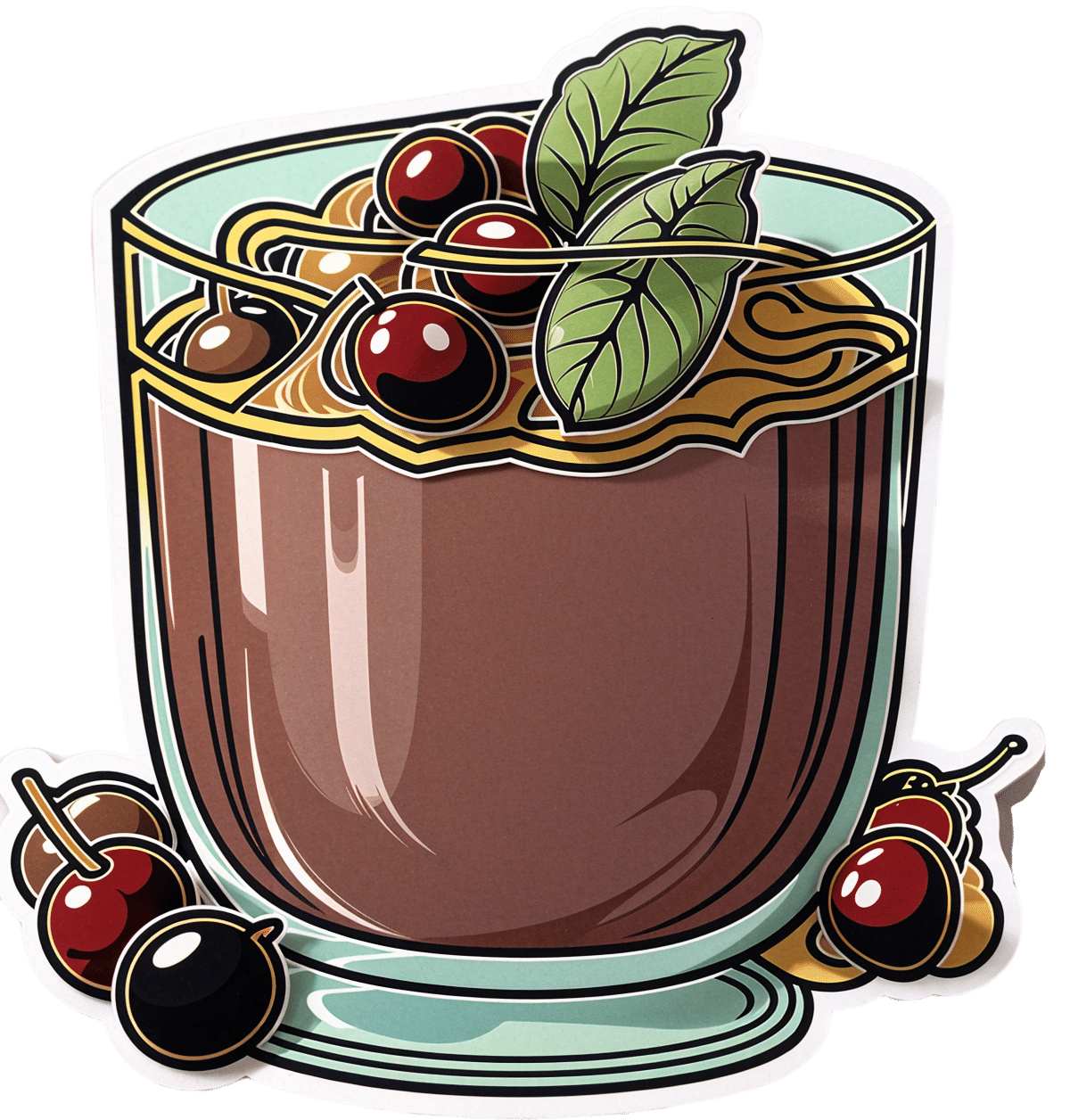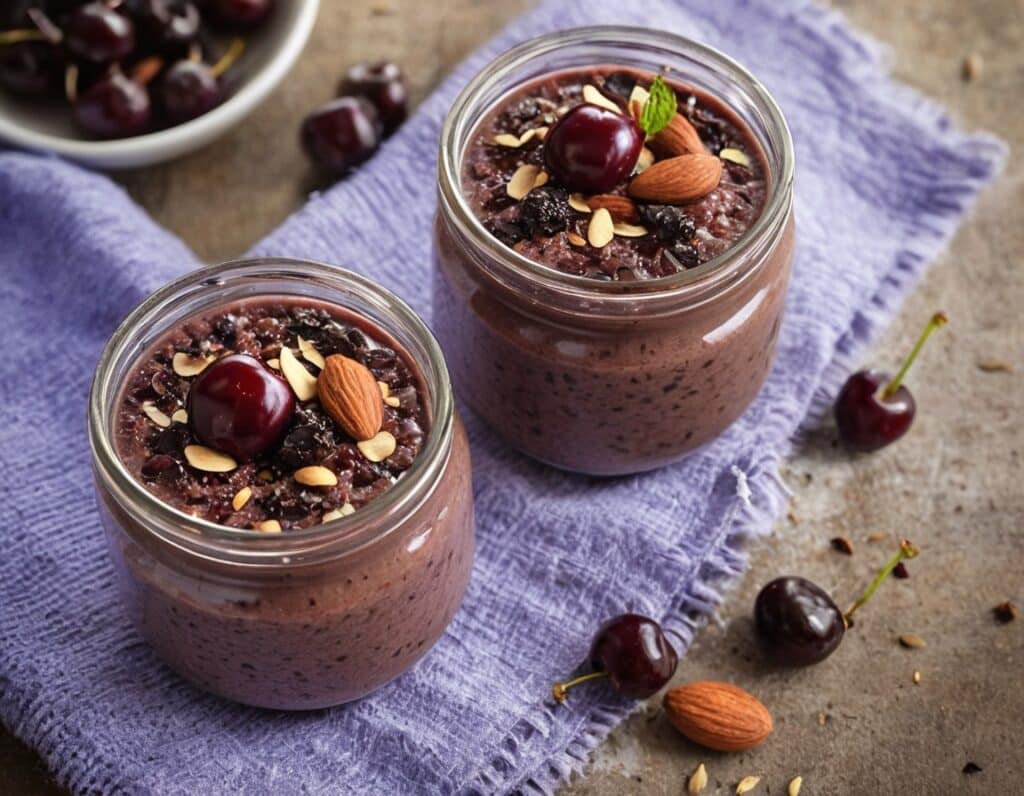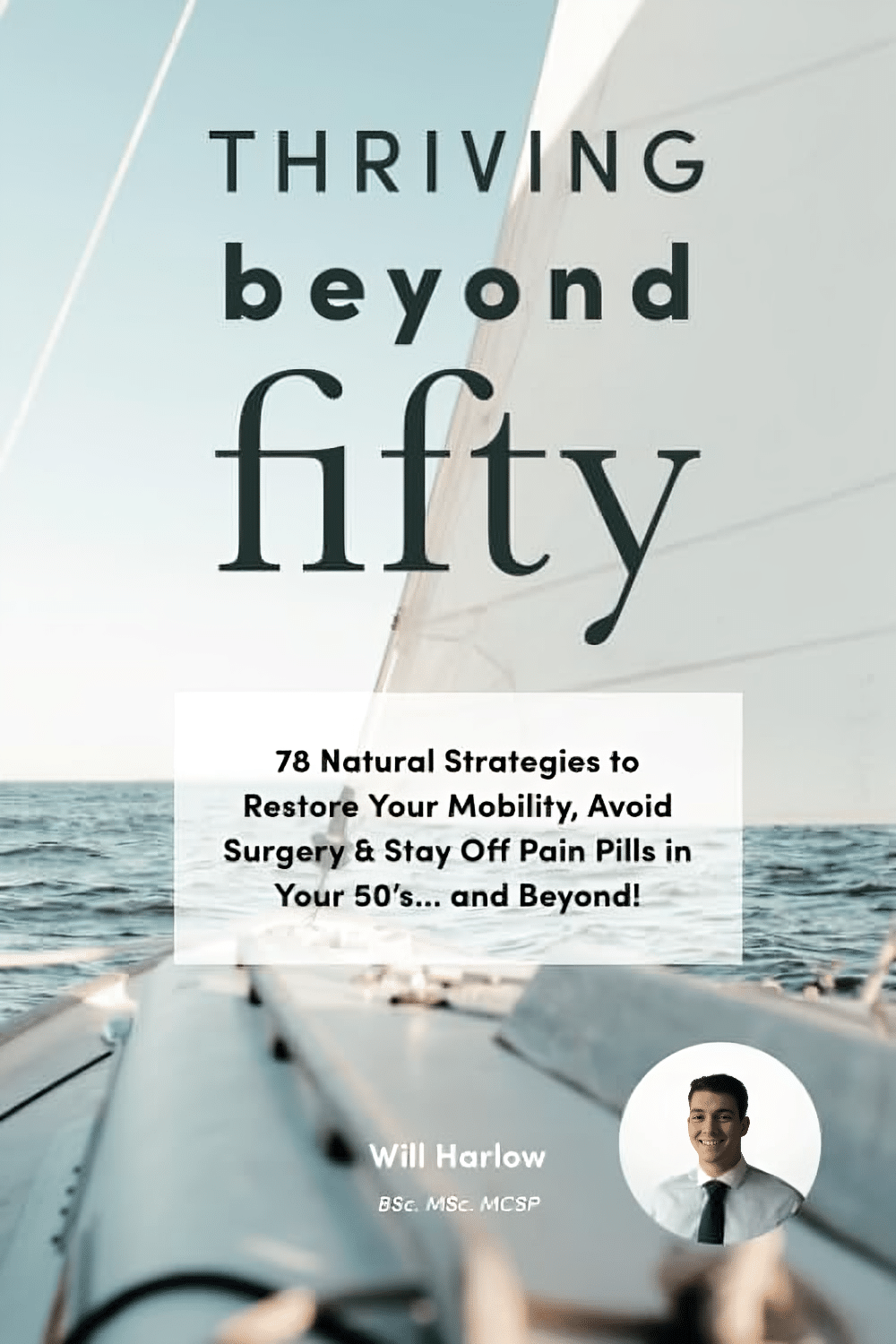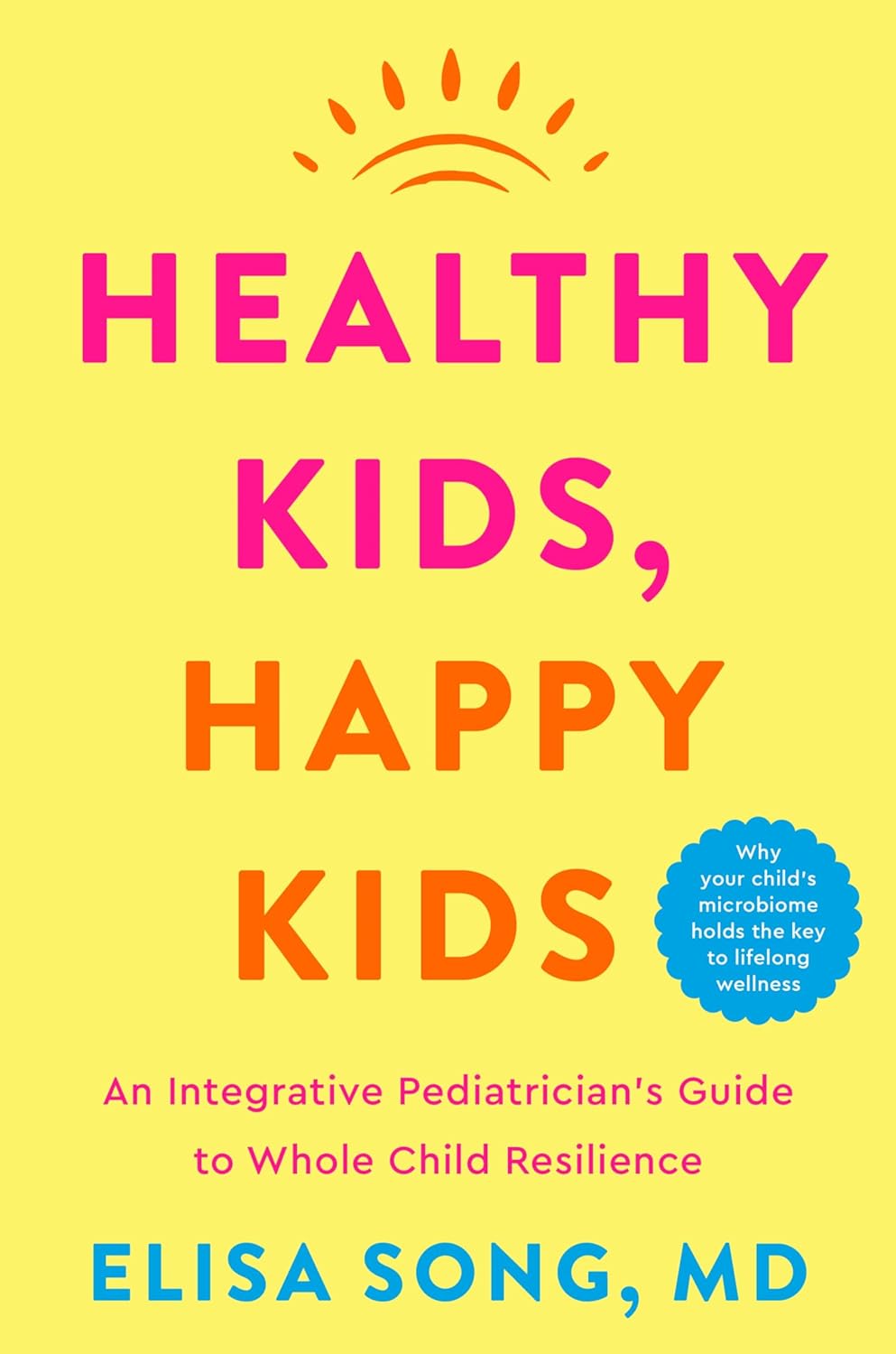
The Most Annoying Nutrition Tips (7 Things That Actually Work)
10almonds is reader-supported. We may, at no cost to you, receive a portion of sales if you purchase a product through a link in this article.
You can’t out-exercise a bad diet, and getting a good diet can be a challenge depending on your starting point. Here’s Cori Lefkowith’s unglamorous seven-point plan:
Step by step
Seven things to do:
- Start tracking first: track your food intake (as it is, without changing anything) without judgment to identify realistic areas for improvement.
- Add protein: add 10g of protein to three meals daily to improve satiety, aid fat loss, and retain muscle.
- Fiber swaps: swap foods for higher-fiber options where possible to improve gut health, improve heart health, support fat loss, and promote satiety.
- Hydration: take your body weight in kilograms (or half your body weight in pounds), then get that many ounces of water daily to support metabolism and reduce cravings.
- Calorie swaps: replace or reduce calorie-dense foods to create a small, modestly sustainable calorie deficit. Your body will still adjust to this after a while; that’s fine; it’s about a gradual reduction.
- Tweak and adjust: regularly reassess and adjust your diet and habits to fit your lifestyle and progress.
- Guard against complacency: track consistently, and stay on course.
For more on all of these, enjoy:
Click Here If The Embedded Video Doesn’t Load Automatically!
Want to learn more?
You might also like:
The Smartest Way To Get To 20% Body Fat (Or 10% For Men)
Take care!
Don’t Forget…
Did you arrive here from our newsletter? Don’t forget to return to the email to continue learning!
Recommended
Learn to Age Gracefully
Join the 98k+ American women taking control of their health & aging with our 100% free (and fun!) daily emails:
-
The Telomere Effect – by Dr. Elizabeth Blackburn and Dr. Elissa Epel
10almonds is reader-supported. We may, at no cost to you, receive a portion of sales if you purchase a product through a link in this article.
Telomeres can be pretty mystifying to the person with a lay interest in longevity. Beyond “they’re the little caps that sit on the end of your DNA, and longer is better, and when they get short, damage occurs, and aging”, how do they fit into the big picture?
Dr. Elizabeth Blackburn and Dr. Elissa Epel excel at explaining the marvelous world of telomeres…
- how they work
- what affects them
- and how and why
…and the extent to which changes are or aren’t reversible.
For some of us, the ship has sailed on avoiding a lot of early-life damage to our telomeres, and now we have a damage-mitigation task ahead. That’s where the authors get practical.
Indeed, the whole third part of the book is titled “Help Your Body Protect Its Cells“, and indeed covers not just “from now on” protection, but undoing some of the damage already done (yes, telomeres can be lengthened—it gets harder as we get older, but absolutely can be done).
In short: if you’d like to avoid further damage to your telomeres where possible, and reverse some of the damage done already, this book will set you on the right track.
Share This Post
-
Redcurrants vs Cranberries – Which is Healthier?
10almonds is reader-supported. We may, at no cost to you, receive a portion of sales if you purchase a product through a link in this article.
Our Verdict
When comparing redcurrants to cranberries, we picked the redcurrants.
Why?
First know: here we’re comparing raw redcurrants to raw cranberries, with no additives in either case. If you buy jelly made from either, or if you buy dried fruits but the ingredients list has a lot of added sugar and often some vegetable oil, then that’s going to be very different. But for now… Let’s look at just the fruits:
In terms of macros, redcurrants are higher in carbs, but also higher in fiber, and have the lower glycemic index as cranberries have nearly 2x the GI.
When it comes to vitamins, redcurrants have more of vitamins B1, B2, B6, B9, C, K, and choline, while cranberries have more of vitamins A, B5, and E. In other words, a clear win for redcurrants.
In the category of minerals, redcurrants sweep even more convincingly with a lot more calcium, copper, iron, magnesium, phosphorus, potassium, selenium, and zinc. On the other hand, cranberries boast a little more manganese; they also have about 2x the sodium.
Both berries have generous amounts of assorted phytochemicals (flavonoids and others), and/but nothing to set one ahead of the other.
As per any berries that aren’t poisonous, both of these are fine choices for most people most of the time, but redcurrants win with room to spare in most categories.
Want to learn more?
You might like to read:
Health Benefits Of Cranberries (But: You’d Better Watch Out)
Take care!
Share This Post
-
Black Forest Chia Pudding
10almonds is reader-supported. We may, at no cost to you, receive a portion of sales if you purchase a product through a link in this article.
This pudding tastes so decadent, it’s hard to believe it’s so healthy, but it is! Not only is it delicious, it’s also packed with nutrients including protein, carbohydrates, healthy fats (including omega-3s), fiber, vitamins, minerals, and assorted antioxidant polyphenols. Perfect dessert or breakfast!
You will need
- 1½ cups pitted fresh or thawed-from-frozen cherries
- ½ cup mashed banana
- 3 tbsp unsweetened cocoa powder
- 2 tbsp chia seeds, ground
- Optional: 2 pitted dates, soaked in hot water for 10 minutes and then drained (include these if you prefer a sweeter pudding)
- Garnish: a few almonds, and/or berries, and/or cherries and/or cacao nibs
Method
(we suggest you read everything at least once before doing anything)
1) Blend the ingredients except for the chia seeds and the garnish, with ½ cup of water, until completely smooth
2) Divide into two small bowls or glass jars
3) Add 1 tbsp ground chia seeds to each, and stir until evenly distributed
4) Add the garnish and refrigerate overnight or at least for some hours. There’s plenty of wiggle-room here, so make it at your convenience and serve at your leisure.
Enjoy!
Want to learn more?
For those interested in some of the science of what we have going on today:
- Cherries’ Very Healthy Wealth Of Benefits!
- If You’re Not Taking Chia, You’re Missing Out
- Cacao vs Carob – Which is Healthier?
Take care!
Share This Post
Related Posts
-
Thriving Beyond Fifty – by Will Harlow
10almonds is reader-supported. We may, at no cost to you, receive a portion of sales if you purchase a product through a link in this article.
We’ve featured this author sometimes in our video section; he’s an over-50s specialist physiotherapist with a lot of very functional advice to offer.
In this book, Harlow focusses heavily on three things: mobility, strength, endurance.
You may not want to be a gymnast, powerlifter, or marathon-runner, but these things are important for us all to maintain to at least a fair degree:
- Mobility can be the difference between tweaking one’s shoulder getting something from a high shelf, or not
- Strength can be the difference between being able to get back up, or not
- Endurance can be the difference between coming back from a long day on your feet and thinking “that was a good day; I’m looking forward to tomorrow now”, or not
One of the greatest strengths of this book is its comprehensive troubleshooting aspect; if you have a weak spot, chances are this book has the remedy.
As for the style, it’s quite casual/conversational in tone, but without skimping on science and detail. It’s clear, explanatory, and helpful throughout.
Bottom line: if you’d like to maintain/improve mobility, strength, and endurance, then this book is a very recommendable resource.
Click here to check out Thriving Beyond Fifty, and keep thriving at every age!
Don’t Forget…
Did you arrive here from our newsletter? Don’t forget to return to the email to continue learning!
Learn to Age Gracefully
Join the 98k+ American women taking control of their health & aging with our 100% free (and fun!) daily emails:
-
Healthy Kids, Happy Kids – by Dr. Elisa Song
10almonds is reader-supported. We may, at no cost to you, receive a portion of sales if you purchase a product through a link in this article.
If you have young children or perhaps grandchildren, you probably care deeply about those children and their wellbeing, but there can often be a lot more guesswork than would be ideal, when it comes to ensuring they be and remain healthy.
Nevertheless, a lot of common treatments for children are based (whether parents know it or not—and often they dont) on what is most convenient for the parent, not necessarily what is best for the child. Dr. Song looks to correct that.
Rather than dosing kids with acetaminophen or even antibiotics, assuming eczema can be best fixed with a topical cream (treating the symptom rather than the cause, much?), and that some things like asthma “just are”, and “that’s unfortunate”, Dr. Song takes us on a tour of pediatric health, centered around the gut.
Why the gut? Well, it’s pretty central to us as adults, and it’s the same for kids, except one difference: their gut microbiome is changing even more quickly than ours (along with the rest of their body), and as such, is even more susceptible to little nudges for better or for worse, having a big impact in either direction. So, might as well make it a good one!
After an explanatory overview, most of the book is given over to recognizing and correcting what things can go wrong, including the top 25 acute childhood conditions, and the most critical chronic ones, and how to keep things on-track as a team (the child is part of the team! An important part!).
The style of the book is very direct and instructional; easy to understand throughout. It’s a lot like being in a room with a very competent pediatrician who knows her stuff and explains it well, thus neither patronizing nor mystifying.
Bottom line: if there are kids in your life, be they yours or your grandkids or someone else, this is a fine book for giving them the best foundational health.
Click here to check out Healthy Kids, Happy Kids, and take care of yours!
Don’t Forget…
Did you arrive here from our newsletter? Don’t forget to return to the email to continue learning!
Learn to Age Gracefully
Join the 98k+ American women taking control of their health & aging with our 100% free (and fun!) daily emails:
-
How To Avoid Self-Hatred & Learn To Love Oneself More
10almonds is reader-supported. We may, at no cost to you, receive a portion of sales if you purchase a product through a link in this article.
Alain de Botton gives a compassionate, but realistic, explanation in this video:
The enemy within
Or rather, the collaborator within. Because there’s usually first an enemy without—those who are critical of us, who consider that we are bad people in some fashion, and may indeed get quite colorful in their expressions of this.
Sometimes, their words will bounce straight off us; sometimes, their words will stick. So what’s the difference, and can we do anything about it?
The difference is: when their words stick, it’s usually because on some level we believe their words may be true. That doesn’t mean they necessarily are true!
They could be (and it would be a special kind of hubris to assume no detractor could ever find a valid criticism of us), but very often the reason we have that belief, or at least that fear/insecurity, is simply because it was taught to us at an early age, often by harsh words/actions of those around us; perhaps our parents, perhaps our schoolteachers, perhaps our classmates, and so forth.
The problem—and solution—is that we learn emotions much the same way that we learn language; only in part by reasoned thought, and rather for the most part, by immersion and repetition.
It can take a lot of conscious self-talk to undo the harm of decades of unconscious self-talk based on what was probably a few years of external criticisms when we were small and very impressionable… But, having missed the opportunity to start fixing this sooner, the next best time to do it is now.
We cannot, of course, simply do what a kind friend might do and expect any better results; if a kind friend tells us something nice that we do not believe is true, then however much they mean it, we’re not going to internalize it. So instead, we must simply chip away at those unhelpful longstanding counterproductive beliefs, and simply build up the habit of viewing ourselves in a kinder light.
For more on all this, enjoy:
Click Here If The Embedded Video Doesn’t Load Automatically!
Want to learn more?
You might also like to read:
- Escape From The Clutches Of Shame
- To Err Is Human; To Forgive, Healthy
- How To Get Your Brain On A More Positive Track (Without Toxic Positivity)
Take care!
Don’t Forget…
Did you arrive here from our newsletter? Don’t forget to return to the email to continue learning!
Learn to Age Gracefully
Join the 98k+ American women taking control of their health & aging with our 100% free (and fun!) daily emails:



